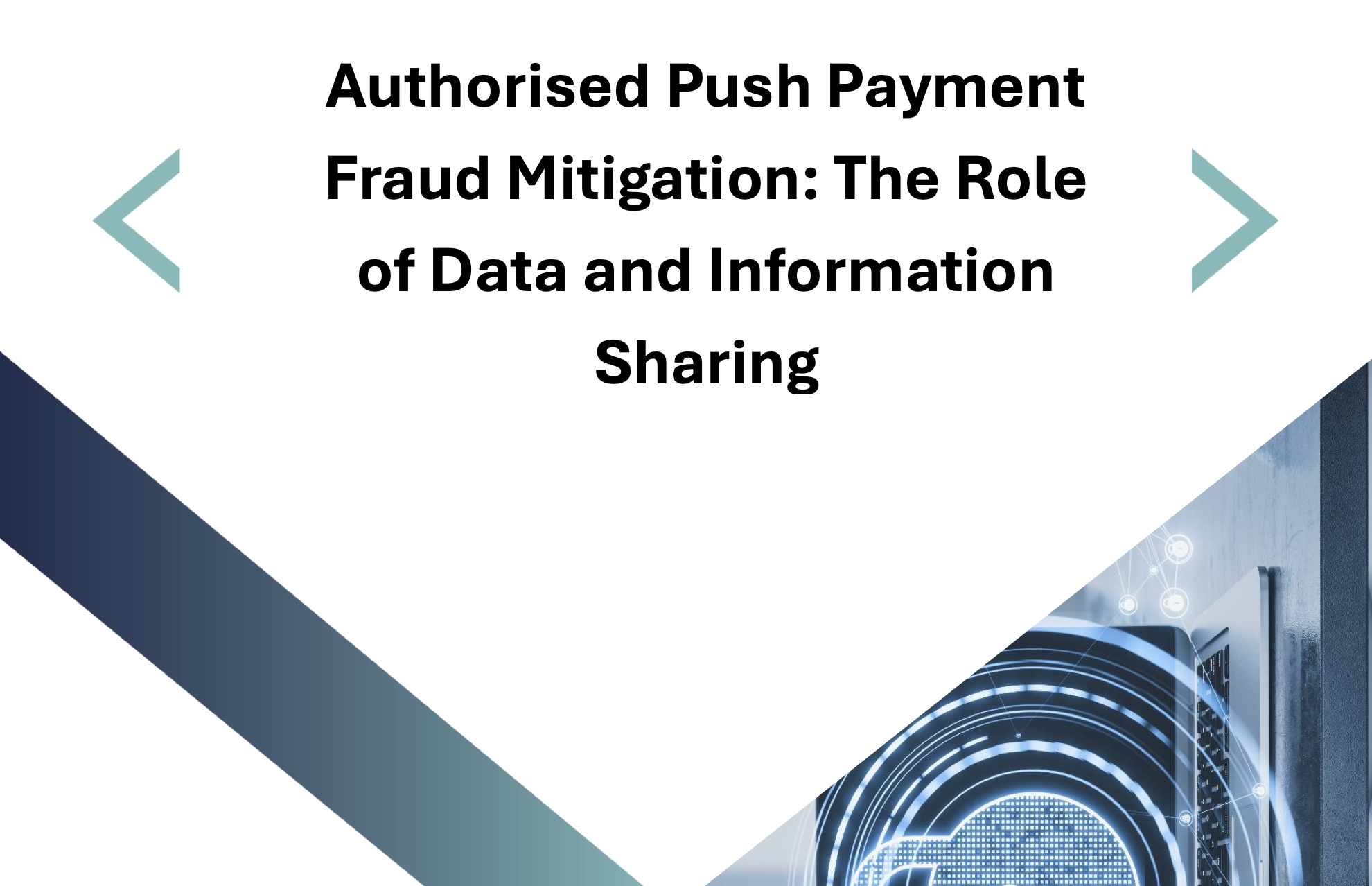Cryptoassets businesses and Money Laundering Regulations

From January 2020 the FCA will be the UK supervisor for cryptoasset businesses in respect of Anti-Money Laundering and Counter Terrorist Financing, under amended Money Laundering Regulations (MLRs).
Cryptoassets are developing change connected to the financial services sector.
Both the concept, and the underpinning distributed ledger technology are attracting significant attention and the UK Government established a Cryptoassets Taskforce in 2018 as part of its FinTech Sector Strategy.
The Taskforce published its final report in October 2018, providing an overview of its perspective on the subject, including the underlying technology, the associated risks, potential benefits and a way forward with respect to regulation in the UK.
In reaching conclusions the Taskforce outlined the need for action to mitigate the risks for consumer harm, prevent the use of cryptoasset for illicit activity and guard against threats to financial stability that could emerge in the future.
It’s report sets out three broad types of cryptoassets and typical uses, which together help establish a framework for considering the impact, potential risks and need for regulation.
In setting out its role the FCA has specified a range of Cryptoasset activities that are captured under the new regime and businesses conducting these activities will be required to comply with the MLRs.
The businesses include existing financial institutions that offer the option to convert cryptoassets to fiat (government issued currency), or accept cryptoassets as collateral against a loan or purchase.
The regime will also apply to new businesses and developing business models such as peer to peer providers, digital wallet providers offering a crypto service such as exchange or custodian services, Cryptoasset ATM’s, and issuers of cryptoassets.
Fintech innovators are taking advantage of the growing cryptoasset trend. Some are aiming to make crypto work seamlessly with traditional currencies by developing technology capability that will enable cryptoassets such as Bitcoin to convert to fiat money. It presents new opportunities and challenges for many and is another developing example of the potential directional change digital will bring to financial services.
All impacted businesses will be expected to comply with the MLRs in relation to cryptoasset activities by 10 January 2020. The expectations include the ability to demonstrate that each business has thought about the respective nature, scale and complexity of its activities and the associated risks. Businesses also need to have the appropriate controls in place to mitigate risks and will be expected to keep these under review and regularly assessed to ensure they remain fit for purpose and relevant.
In setting out its responsibilities and the approach it will take to this work the FCA has signposted firms to a number of existing resources to help build an understanding of its expectations when it comes to managing financial crime risks.
These include the FCA’s Financial Crime Guide: to countering financial crime risks, the Joint Money Laundering Steering Group (JMLSG) website, and recommendations from The Financial Action Task Force (FATF) an inter-governmental and global body. Further detail on the FCA’s approach can be found here.



